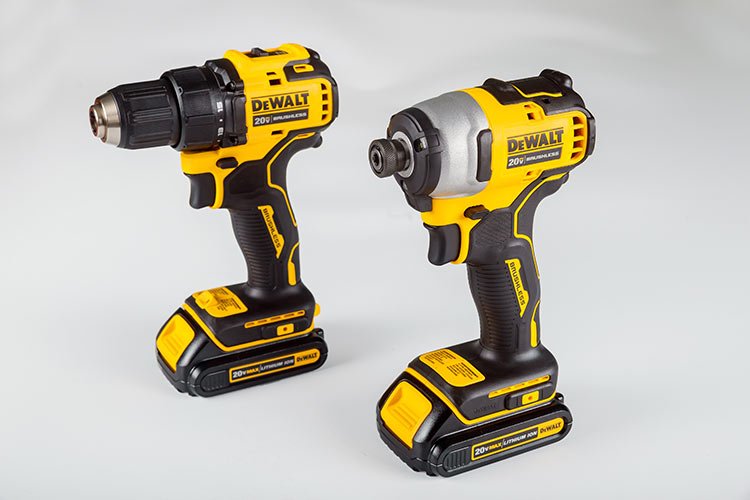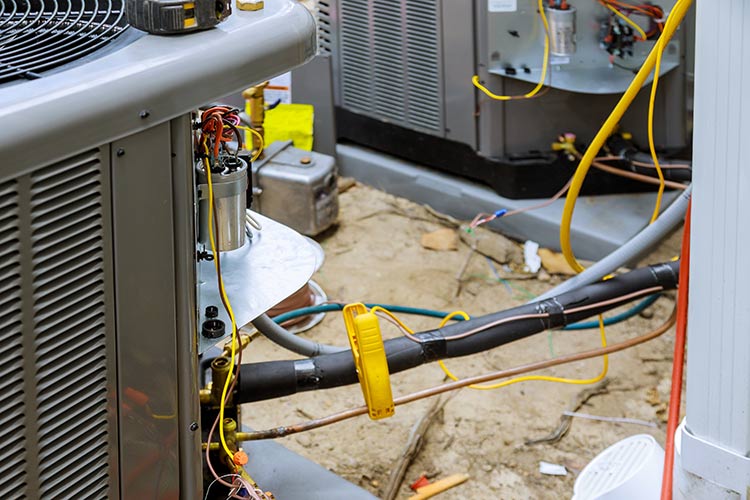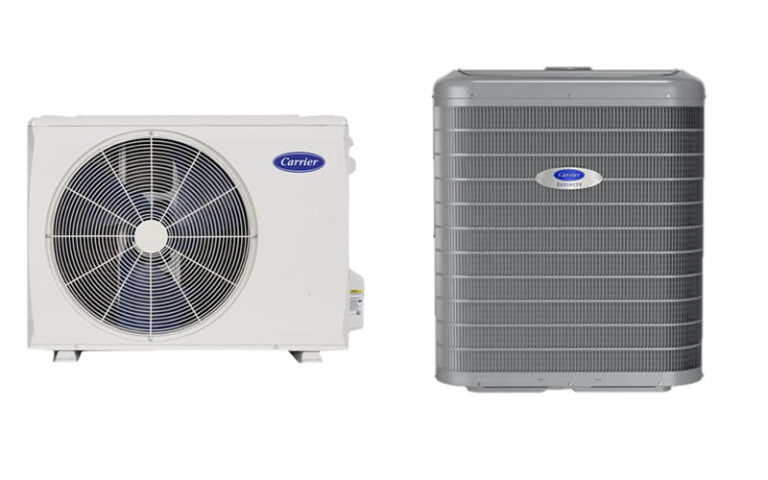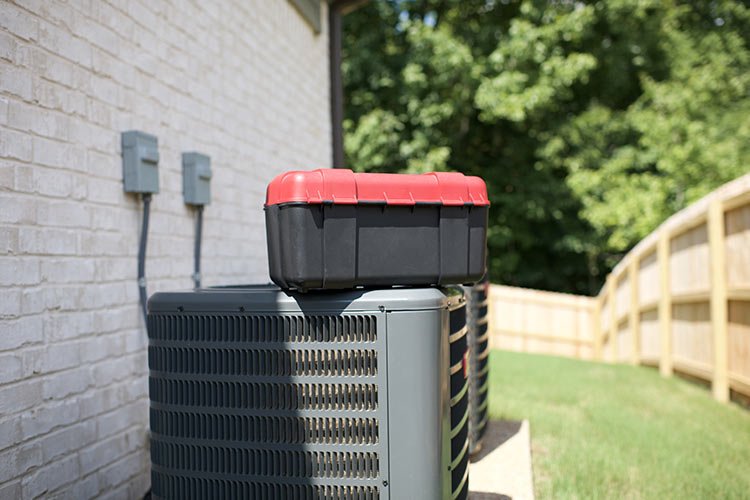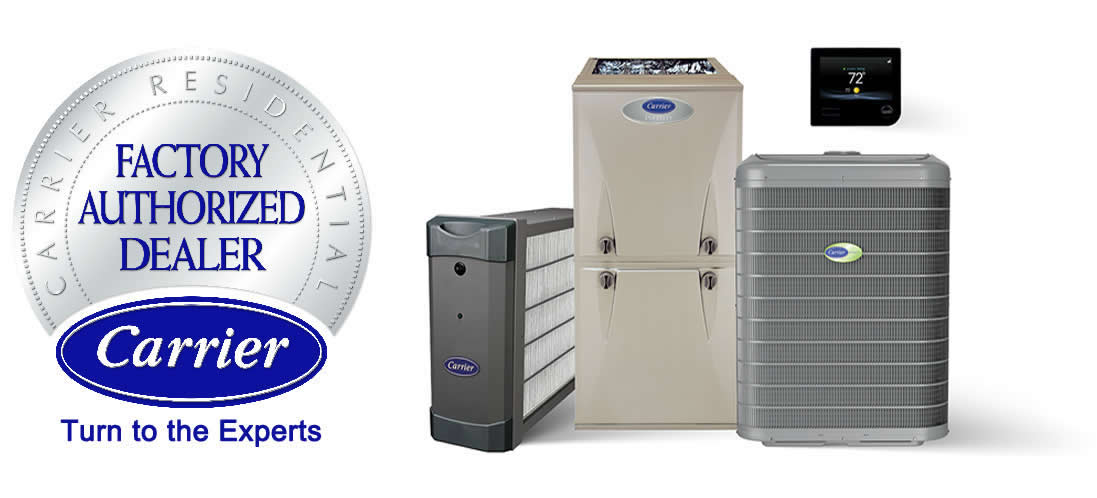Can I install a new HVAC system myself?
Hey there, brave homeowner! Thinking of rolling up your sleeves and diving deep into the world of HVAC installation? Well, the short answer is: yes, you technically can. But before you jump in, let’s walk through the intricate process and see if you’re really up for the task. Buckle up; it’s a wild, technical ride!Step 1: Design and Planning
- Calculate the load requirements. This isn’t about how many loads of laundry you have! It’s the British Thermal Units (BTUs) your home needs.Determine proper airflow requirements. This involves intricate calculations and measurements. Ever used a Manometer or an Anemometer? You’ll need them!Decide on the best location for indoor and outdoor units, ensuring optimal efficiency and airflow.
Step 2: Handling the Equipment
- Select the right HVAC size based on your calculations.Unbox the myriad parts – evaporator coils, compressor, blower, vents, ducts… the list goes on!Make sure you have specialized tools, like a refrigeration manifold gauge set, a vacuum pump, and a tubing cutter.
Step 3: Ductwork Maze
- Inspect and measure the ductwork. It needs to match your airflow calculations perfectly.Seal and insulate your ducts. Get ready for a lot of tape and mastic.
Step 4: Electrical Fun (Or Hazard?)
- Connect the thermostat wiring. Mixing up the R-wire and the Y-wire? Oh boy, that could be problematic!Establish connections to the circuit breaker. Remember, you’re dealing with high voltage. One wrong move can not only fry the system but also put you in danger.Check local codes. Some places require dedicated circuits for HVAC systems.
Step 5: The Refrigeration Challenge
- Install the refrigeration lines, ensuring a perfect vacuum. Yes, that means you’ll need to perfectly braze the pipes.Charge the refrigerant. Be sure you’re EPA 608 certified; it’s illegal to handle refrigerants without it.
Step 6: Testing and More Testing
- Ensure there are no refrigerant leaks using a digital leak detector.Verify the system’s airflow with those tools we mentioned earlier.Triple-check electrical connections. Your safety is paramount!
Hazards to Remember:
- Electric Shocks: HVAC systems deal with high voltages. One mistake could be dangerous.Refrigerant Handling: Doing this wrong can damage your system or worse, cause health issues.Potential Home Damage: Mistakes can lead to gas leaks, water damage, or fire hazards.
Final Words:Whew, that was a lot, wasn’t it? While it’s technically possible to install an HVAC system yourself, the complexity and potential hazards involved make it a task best left to professionals.Remember, the HVAC system isn’t just another appliance; it’s an integral part of your home. Would you really want to risk its efficiency and safety? If you’re ever in doubt, it’s always best to lean on the expertise of professionals like us. Stay safe, and happy heating and cooling!

